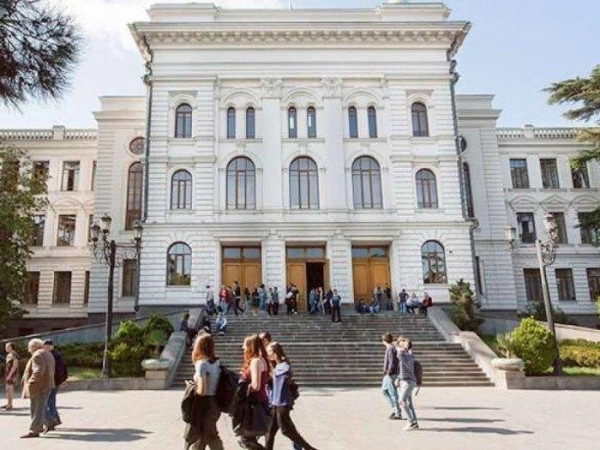An important dimension of migrant integration into host societies is the level of educational attainment. In 2020, just over one third (35.6%) adult migrants (aged 25-54) who were born in another EU Member State had a tertiary level of education. This rate was lower for migrants who were born outside the EU (29.6%).
By contrast, the share of tertiary educated population living in their Member State of birth was 36.7%. Among the Member States for which data are available for 2020, Poland’s migrant population aged 25-54 born in another EU Member State had the highest share of completed tertiary education (67.9%), followed by Estonia (65.0%) and Sweden (62.4%), EuroStat reports.
For migrants who were born outside the EU, 72.8% had a tertiary level of education in Romania, followed by Ireland (65.3%) and Poland (59.5%). At the other end of the scale, in Italy, 12.7% of persons aged 25-54 born in another EU Member State had a tertiary level of education, followed by Greece (24.9%). Greece (11.5%) and Italy (13.4%), followed by Slovenia (17.3%) reported also the lowest shares of non-EU-born population with a tertiary level of educational attainment.
For the native-born population, the highest share of those aged 25-54 with tertiary education in 2020 was observed in Cyprus (54.3%), and the lowest share in Romania (21.1%).
Share of population with tertiary education higher among women than among men
In 2020, the share of women in the EU aged 25-54 with a tertiary level of educational attainment was higher than the share for men across all of three population subgroups: native-born, persons born in another EU Member State and persons born outside of the EU.
The biggest gender gap was recorded for the native-born population, where the share of women with a tertiary level of education stood at 40.6% compared with 32.9% for men (a gap of 7.7 pp), while this gender gap stood at 5.0 pp between persons born elsewhere in the EU and 4.1 pp between persons born outside the EU.
For the two lower levels of educational attainment (upper secondary or post-secondary non-tertiary level of education and at most a lower secondary level of education) for all three population subgroups the share of men was higher than women.















